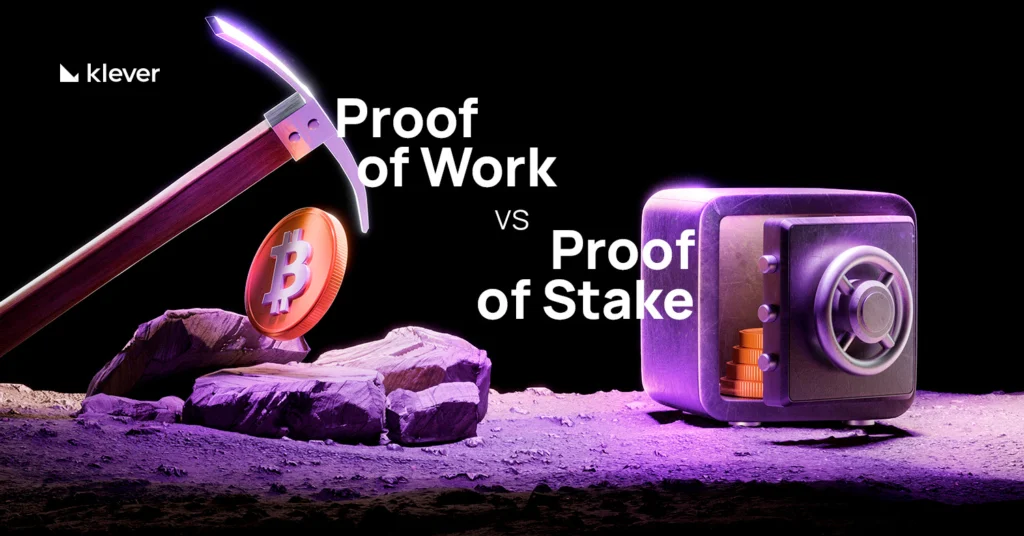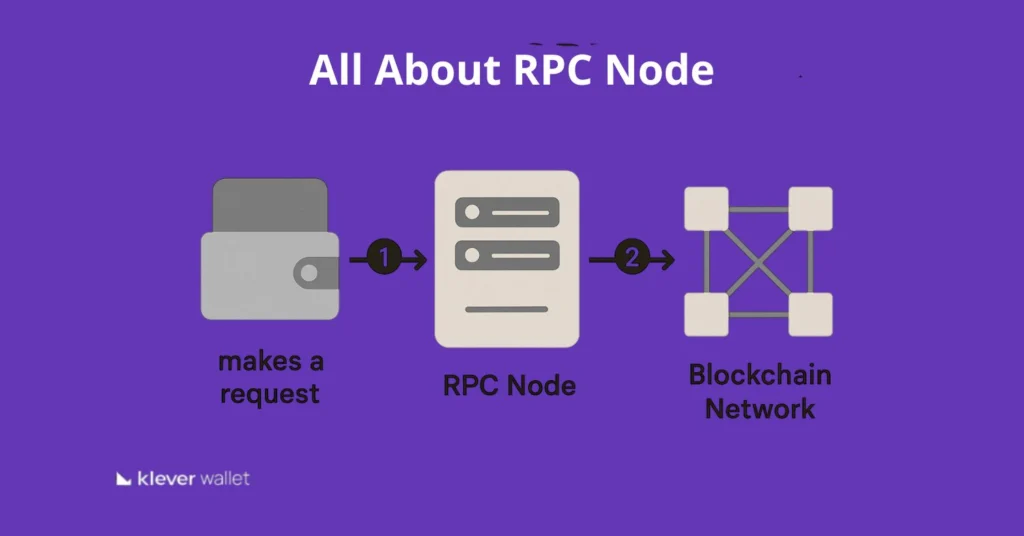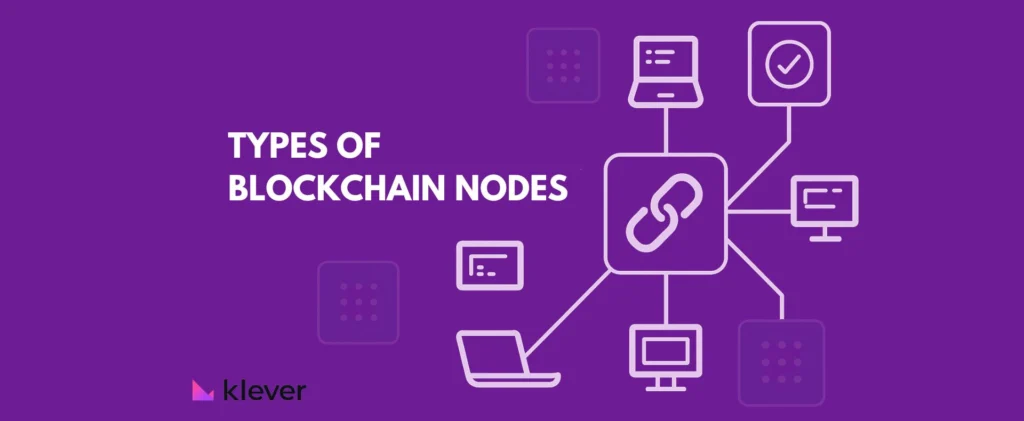
Think of blockchains like massive digital cities. Bitcoin’s city runs on Proof of Work, powered by giant machines crunching numbers around the clock. Ethereum’s city, after the Merge in 2022, switched to Proof of Stake, where citizens “lock up” their coins to earn the right to validate transactions.
Both cities want the same thing — safety and order — but their systems couldn’t be more different.
Let’s explore how PoW and PoS stack up when it comes to energy use, security, and the future of crypto.
What is Proof of Work (PoW)?
Proof of Work is the first consensus mechanism ever used in blockchain, introduced by Bitcoin in 2009. It became the foundation of decentralized money, ensuring that no central authority is needed to validate transactions.
How Proof of Work Works?
- Mining process: Miners use specialized hardware (like ASICs) to solve complex mathematical puzzles known as “hash functions.”
- Block competition: The first miner to solve the puzzle gets to add the next block of transactions to the blockchain.
- Rewards: Miners receive newly minted coins (block reward) plus transaction fees, which incentivizes participation.
Security Model
Proof of Work (PoW) is secure because becoming an attacker requires computational and financial resources that are virtually unattainable.
- 51% Attack: To manipulate Bitcoin, an attacker would need to control more than half of the global computing power used in mining. This would theoretically allow altering transactions or attempting to spend the same coins twice (double spending).
- Extremely High Cost: Gaining 51% of mining power would require billions of dollars in machines (ASICs), electricity, and maintenance. Moreover, the more miners there are worldwide, the harder and more expensive it becomes to reach that majority.
- Deterrent Effect: Even if someone had such power, the probability of success would be low, and the enormous cost would likely outweigh any potential gain. That’s why large blockchains like Bitcoin make such attacks practically unfeasible.
Energy & Limitations
- Energy-intensive: Mining consumes vast amounts of electricity, comparable to entire countries.
- Scalability issues: PoW networks like Bitcoin handle only ~7 transactions per second, far less than modern payment systems.
- Environmental debate: Critics argue PoW contributes to carbon emissions, while defenders highlight its role in grid stabilization and renewable energy adoption.
Examples of PoW Blockchains
- Bitcoin (BTC): The first and most secure PoW network.
- Litecoin (LTC): Faster transactions and lower fees than Bitcoin, but same mining principle.
- Dogecoin (DOGE): A meme coin still running on PoW, often merged-mined with Litecoin.
What Is Proof of Stake (PoS)?
Proof of Stake was developed as a sustainable and scalable alternative to PoW. Instead of using raw energy, it relies on financial commitment: participants lock up coins to secure the network. Ethereum’s shift from PoW to PoS in 2022 was a milestone, reducing its energy consumption by over 99%.
How Proof of Stake Works?
- Validators instead of miners: Unlike Proof of Work, where machines compete by solving calculations, in PoS participants become validators by locking (staking) a certain amount of cryptocurrency in the network. This stake works as a kind of collateral: the more you stake, the more committed you are to the security of the network.
- Selection process: The choice of who validates the next block is semi-random. All validators have a chance, but those who stake more coins have a higher probability of being selected. This reduces the intense competition for computing power and makes the process more energy-efficient.
- Rewards: When a validator is chosen, they confirm the block’s transactions and add it to the blockchain. In return, they receive transaction fees and, depending on the blockchain (such as Ethereum after the Merge), may also earn new coins as block rewards.
- Security through risk: If a validator tries to cheat (for example, by approving invalid transactions), part or even all of their staked amount can be confiscated (slashing). This creates a strong economic incentive to act honestly.
Security Model
PoS ensures honesty through penalties and incentives:
- Slashing: If a validator acts maliciously or goes offline, part (or all) of their staked funds can be “slashed.”
- Economic alignment: Validators have “skin in the game” — securing the network benefits them directly.
- Attack cost: To attack a PoS chain, one would need to buy and control a majority of the total supply — which would destroy the value of their own holdings.
Efficiency & Benefits
- Energy savings: PoS networks consume minimal electricity compared to PoW.
- Scalability: Faster transaction times and lower fees enable more adoption and use cases like DeFi and NFTs.
- Accessibility: Many blockchains allow users to delegate staking, letting small holders participate and earn rewards.
Examples of PoS Blockchains
- Ethereum (ETH): The most significant network using PoS after the Merge.
- Cardano (ADA): Known for its academic research-driven approach.
- Polkadot (DOT): Focused on multi-chain interoperability.
- Solana (SOL): High-performance blockchain with thousands of transactions per second.
Pros and Cons of Proof of Work vs Proof of Stake
| Consensus Mechanism | Advantages | Disadvantages |
| Proof of Work (PoW) | • Time-tested security, proven since Bitcoin’s launch in 2009 • Strong decentralization through a global network of miners • Extremely difficult and expensive to attack (high economic deterrence) | • Extremely high energy consumption, comparable to entire countries • Expensive mining hardware creates high entry barriers • Slower transaction speed and higher fees compared to PoS • Mining power can become concentrated in regions with cheap electricity |
| Proof of Stake (PoS) | • Up to 99% more energy-efficient than PoW • Lower transaction fees and faster confirmations • More accessible for average users through staking or delegation • Easier to scale for DeFi, NFTs, and Web3 applications | • Concentrates power in large stakeholders (“rich get richer”) • Less historical track record compared to PoW • Risk of centralization if exchanges or large entities control much of the stake • More complex slashing and governance mechanisms that new users may not fully understand |
Environmental Impact: PoW vs PoS
One of the biggest dividing lines between Proof of Work (PoW) and Proof of Stake (PoS) is energy consumption.
Proof of Work (PoW)
PoW networks like Bitcoin rely on miners running powerful hardware around the clock. This requires massive amounts of electricity.
- Recent studies estimate that Bitcoin consumes over 120 terawatt-hours (TWh) per year, a level comparable to entire nations such as Argentina or the Netherlands.
- This energy demand raises concerns about carbon emissions and whether large-scale mining operations, often concentrated in specific regions, put pressure on local energy grids.
- Supporters of PoW argue that much of this energy comes from renewables or stranded energy sources, but critics highlight that sustainability still varies greatly by region.
Proof of Stake (PoS)
PoS was designed to be a greener alternative, and Ethereum’s Merge in 2022 showcased the difference dramatically.
- After moving from PoW to PoS, Ethereum cut its energy consumption by over 99.9%, making its carbon footprint negligible compared to before.
- Instead of consuming electricity for mining, PoS only requires basic server infrastructure to run validators, which uses minimal energy.
- Networks like Cardano, Solana, and Polkadot operate on PoS and highlight sustainability as a core advantage for mainstream adoption.
Why Does It Matters?
The environmental debate isn’t just about optics — it’s about the future of blockchain adoption.
- Governments and regulators are paying attention, with some countries considering restrictions on PoW mining due to environmental impact.
- Institutions and eco-conscious investors are increasingly drawn to PoS projects, viewing them as more aligned with global sustainability goals.
Proof of Work vs Proof of Stake: Not About Winners, But Purpose
Both Proof of Work and Proof of Stake have clear strengths. PoW remains the gold standard for security and immutability, securing Bitcoin as the most trusted digital store of value.
Meanwhile, PoS unlocks scalability, sustainability, and efficiency, powering Ethereum and many next-generation blockchains.
The real question isn’t which model is universally better, but which best suits the purpose of each network. Bitcoin thrives on PoW’s unmatched resilience, while PoS drives innovation across DeFi, NFTs, and Web3 applications.
Klever Wallet empowers you to securely hold Bitcoin, the benchmark of PoW, while also allowing you to stake and interact with PoS ecosystems like Ethereum, Cardano, and Solana — all in one place.
Be Klever, download now!




